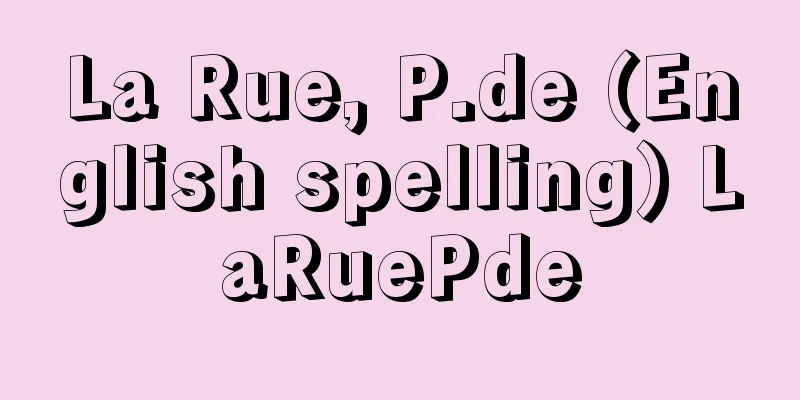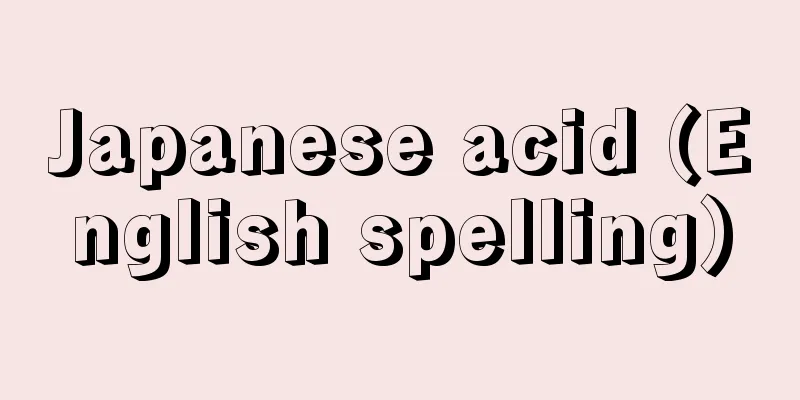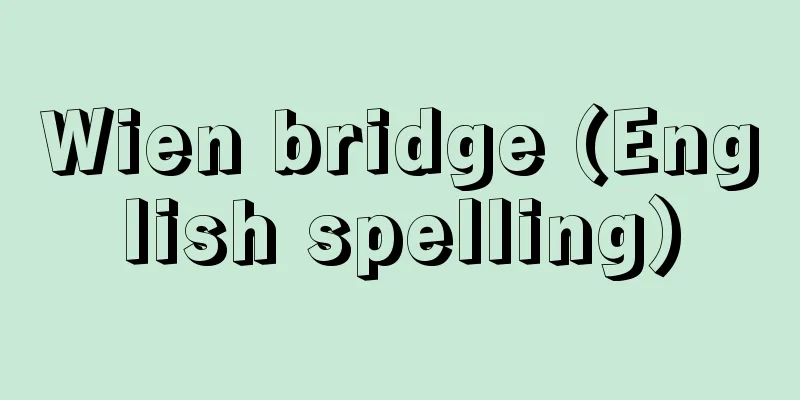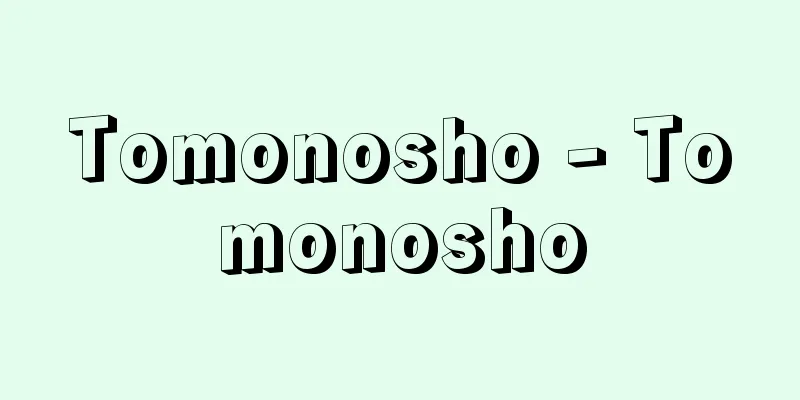Japan Sumo Association
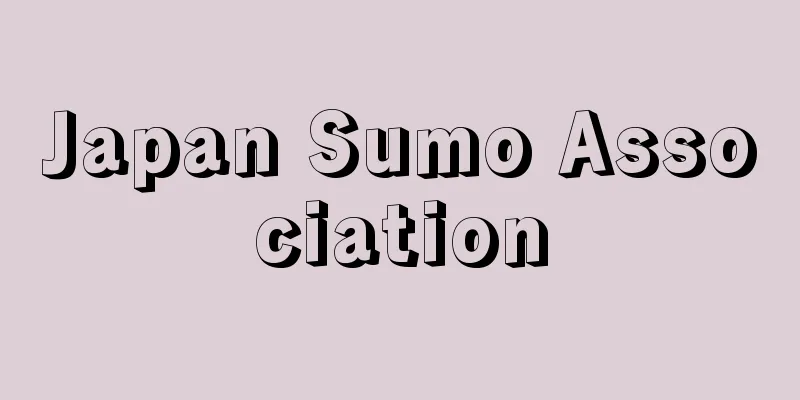
|
This is a public interest incorporated foundation that organizes and manages professional sumo wrestling, with the goal of maintaining and developing the traditions of sumo. Professional sumo, which continues to this day, flourished in the Edo period, and the association's predecessor was the Edo Sumo Kaisho, which controlled sumo stables. In 1889 (Meiji 22), the Sumo Kaisho was reorganized as the Tokyo Daisyu Kyokai, and in 1925 (Taisho 14), it merged with the Osaka Sumo Kyokai and was renamed Dai-Nihon Sumo Kyokai, a public interest incorporated foundation. In 1927, tournaments were held in both the east and west, and after the war, sumo became more popular due to television broadcasts and other factors. During that time, the "dai" part was dropped and the name became the Nihon Sumo Kyokai, a public interest incorporated foundation, and in 2014 it transitioned to a public interest incorporated foundation, which is expected to have a higher level of public interest. The current supervisory authority is the Cabinet Office (Public Interest Certification Committee). The Articles of Incorporation, which are the basic rules of the Association, state that the origin of sumo is "a Shinto ritual (festival) that has been held since ancient times to pray for a good harvest" and position sumo-do as "Japan's unique national sport." In order to achieve the purpose of "maintaining, passing on and developing the traditions and order of sumo-do," the Association stipulates that it will "hold tournaments and tours, train the personnel who will carry out these activities, teach and popularize sumo-do, preserve and utilize sumo records, promote international goodwill, and maintain, manage and operate the facilities necessary for these activities, thereby contributing to the promotion of sumo culture and the improvement of the mind and body of the people." Based on this, the Association holds six tournaments a year, several regional tours, and irregular overseas performances and tours. The Japan Sumo Federation (a public interest incorporated foundation) holds various amateur sumo competitions. The Japan Sumo Association has an advisory body, the Yokozuna Deliberation Committee, which is made up of outside experts. However, since only the internal elders (staff and former wrestlers) are involved in running the organization, the closed nature of the organization has been criticized on many occasions. Perhaps due to this drawback, in just the past 10 years alone, there have been a number of scandals, including the assault and death of a disciple from the Tokitsukaze stable (2007), the marijuana possession and smoking scandal of a foreign wrestler (2008), the baseball gambling and match-fixing scandal (2010-2011), the assault by Yokozuna Harumafuji (2017), Osunaarashi's unlicensed rear-end collision, and Takanosho's assault on a disciple (2018). In addition, at the spring tour held in Maizuru City, Kyoto Prefecture in April 2018, a young referee called for a woman to leave the ring while performing life-saving measures on the mayor who had collapsed on the ring, which drew strong criticism. Chairman Hakkaku apologized, saying that his response was "inappropriate," but because his action prioritized the traditional "no women allowed" policy, debate has reignited over the merits of the "no women allowed" policy and the authenticity of that tradition (as of the end of April 2018). (Hideki Osako, Freelance Editor / 2018) Source : "Chiezo" published by Asahi Shimbun Publications Co., Ltd. About Chiezo |
|
相撲道の伝統維持・発展を目的に、大相撲の興行・運営等を行う公益財団法人。現在につながる職業相撲が興隆したのは江戸時代で、協会の前身は相撲部屋を統率していた江戸相撲会所である。1889(明治22)年、相撲会所は東京大角力協会に改組され、さらに1925(大正14)年には大阪角力協会と合併して、財団法人・大日本相撲協会と改称された。27年に東西での本場所が実現し、戦後、テレビ中継等によって相撲人気が高まった。その間、「大」が削除されて財団法人・日本相撲協会となり、2014年には、より高い公益性が求められる公益財団法人に移行した。現在の監督官庁は、内閣府(公益認定等委員会)である。 協会の基本規則である定款は、相撲の起源を「太古より五穀豊穣を祈り執り行われた神事(祭事)」とし、相撲道を「我が国固有の国技」と位置づけている。また、「相撲道の伝統と秩序を維持し継承発展させる」という目的を実現するために、「本場所及巡業の開催、これを担う人材の育成、相撲道の指導・普及、相撲記録の保存及び活用、国際親善を行うと共に、これらに必要な施設を維持、管理運営し、もって相撲文化の振興と国民の心身の向上に寄与する」ことを定めている。これに基づき、協会は年6回の本場所と数回の地方巡業、不定期の海外公演・海外巡業等を開催している。なお、アマチュア相撲の各種競技会を開催しているのは、日本相撲連盟(公益財団法人)である。 日本相撲協会には諮問機関として、外部の有識者からなる横綱審議委員会が設置されている。しかし、運営に携わっているのは内部の年寄(親方・元力士)だけなので、組織の閉鎖性がたびたび指摘されてきた。その弊害からか過去10年に限っても、時津風部屋の弟子暴行死事件(07年)、外国人力士の大麻所持・吸引事件(08年)、野球賭博・八百長疑惑問題(10~11年)、横綱日馬富士の暴行事件(17年)、大砂嵐の無免許追突事故、貴公俊の弟子暴行事件(18年)などの不祥事が頻発している。また18年4月、京都府舞鶴市で開かれた春巡業では、土俵に倒れた市長の救命措置をする女性に向け、若手行司が土俵から降りるよう場内アナウンスしたため、強い批判を浴びた。八角理事長は「不適切な対応だった」と謝罪したものの、伝統とされる「女人禁制」を優先した行為だったため、「女人禁制」の是非やその伝統の真偽を問う議論が再燃している(18年4月末)。 (大迫秀樹 フリー編集者 / 2018年) 出典 (株)朝日新聞出版発行「知恵蔵」知恵蔵について 情報 |
<<: Nihon Seiki - Chronicles of Japan
>>: The Mathematical Society of Japan
Recommend
Occasionalism
Also translated as "opportunistic causation.&...
Icaronycteris - Icaronycteris
...There are more species of chiroptera in Japan ...
Nucleolus
...Chromosomes that lack a centromere cannot unde...
Land Without Food - Katenakitochi
… French documentaries, closely related to the av...
Kasagake - Kasagake
A horseback archery competition in which archers s...
Gekkaika
The first full-length novel of the late Qing and R...
Tarumizu [city] - Tarumizu
A city in central Kagoshima Prefecture. Incorporat...
Switching curve
…The same is true when starting from the initial ...
Hot rolling
...the production of films for wraps and small co...
Konoike Zenemon - Konoike Zenemon
The name of the head of the Konoike family, a weal...
Ibayashi
〘 noun 〙 A form of Noh performance. It is mainly t...
Overseas Chinese - Kakyo
The term overseas Chinese is originally a general...
Fechner's law
A law that quantifies the subjective magnitude of ...
Pear - Pyrus spp.; pear
A general term for the genus Pyrus in the family R...
Asphalt pavement - Asphalt pavement
Pavement with a layer of aggregate bound with asp...
